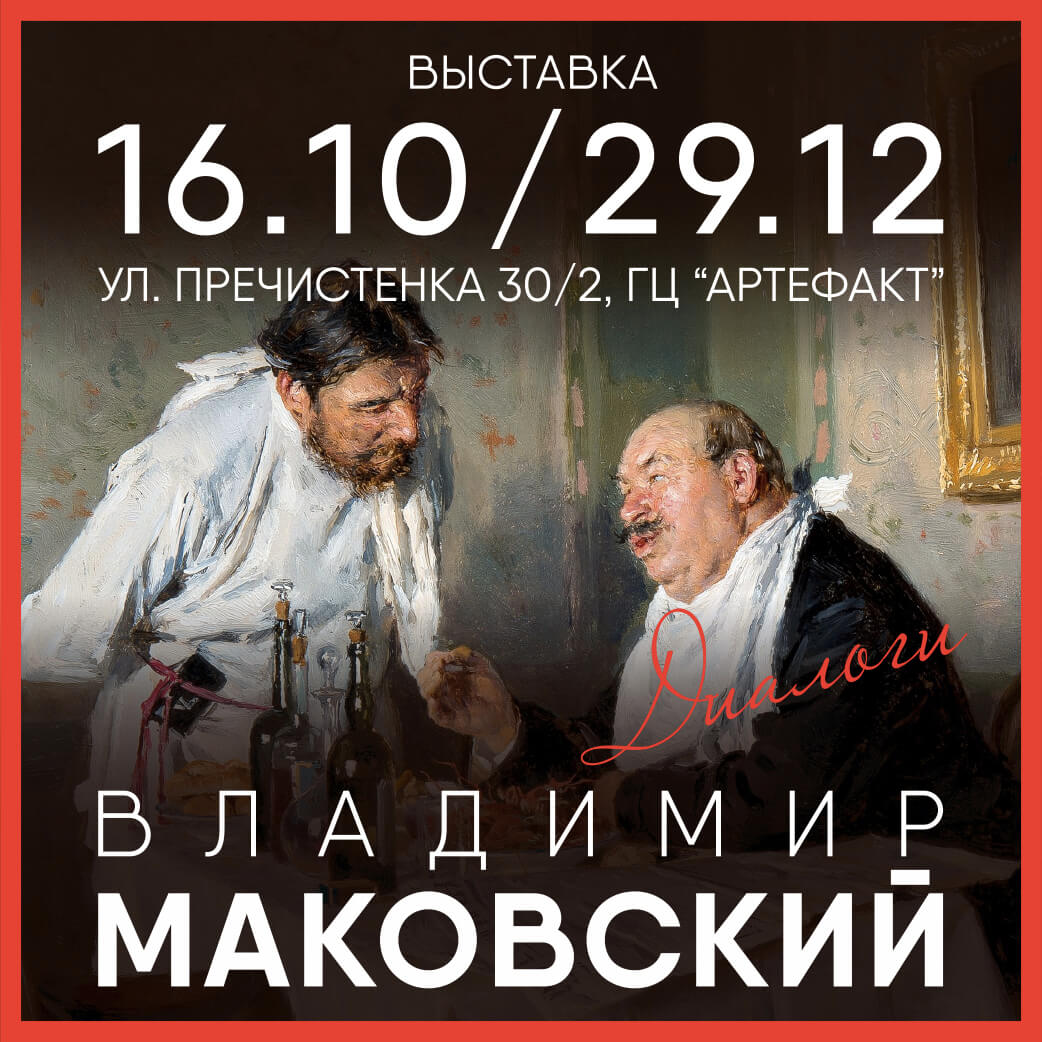Radical revolution ends August 24
Remaining 10 days to have time to see in the Pushkin Museum Pushkin exhibition «Futurism - Radical Revolution. Italy - Russia », which includes works from museums and private collections in Italy, Russia, Switzerland, the United States, Israel
remaining 10 days to have time to see in the Pushkin Museum Pushkin exhibition «Futurism - Radical Revolution. Italy - Russia », which includes works from museums and private collections in Italy, Russia, Switzerland, USA and Israel. The exhibition is dedicated to the 100 th anniversary of one of the directions in the art of the twentieth century. The founder of Futurism was made by Filippo Tomaso Marinetti, published February 20, 1909 editorial in the Paris newspaper Le Figaro manifest new art.
first in Russia panoramic exposition of futuristic art of the Pushkin Museum prepared them. Alexander Pushkin jointly with the Museum of Contemporary Art of Trento and Rovereto (Italy). It takes more than 30 museums and private collections: from Russia, Italy and the United States, Switzerland, Israel. Exhibited paintings from the State Russian Museum, State Tretyakov Gallery, the State Vladimir Mayakovsky Museum, National Gallery of Modern Art (Rome), the Municipal Assembly of Modern Art (Milan), Museum of Modern Art (New York), the Israel Museum (Jerusalem).
The exhibition presents about 300 works created by the greatest masters of the new directions, such as Balla, Severini, Bochchoni, Kara, , Goncharova , .
artist-Futurists was a response to rapidly changing life in the early twentieth century. The dynamism of the era locomotive and airplane, vertigo perspectives century technology have forced artists to seek new areas of artistic tools that can pass the motion, speed, technical progress. They called for a total renewal of art through new technologies and materials. «In his canvases, we do not represent some static moments of a worldwide movement. We were attracted by the dynamic attitude ».
rather quickly futurism beyond the purely pictorial directions, many artists turned to experiments in other types of art. For the first time, viewers will be able to see Russia's futuristic experiments in the field of sculpture, architecture, graphic design.
Ideas «art future» quickly spread through Europe, find new supporters in different countries. However, a significant association of artists who call themselves futurists, except Italy, existed only in Russia. The proclaimed objectives of Marinetti were largely similar Russian masters, but the embodiment of the methods were quite different. Painters Natalia Goncharova, Mikhail Larionov, David and Vladimir Burliuk , Cyril Zdanevich , Kazimierz Malevitch , Olga Vladimirovna Rozanova , Alexander Ekster closer to the poet budetlyanami (Russian analogue of the way futurists), Vladimir Mayakovsky, Vassily Kamensky, Velimir Khlebnikov, Kruchenykh Alex , form the core of the society «Gilea». The result of close collaboration of poets, artists and critics «futuristic» focus was to create not only a new pictorial language, but also the publication of a series of authors' books, as well as production in 1913, the opera «Victory over the sun» (Michael Matyushin music, libretto and Alexei Kruchenykh Velimir Khlebnikov, scenery Kasimir Malevich). Interest kubofuturistov to the theater and appeared in the scandalously famous exits, such as walking with others painted or wooden spoon in one's buttonhole. Vasily Kamensky described the speech Futurists: «futurists-pesneboytsy walked the streets of ... more than twenty cities in Russia with individuals and painted in the color clothes. In Tiflis, these futurists were dressed in colorful Persian fabrics, and this has given special interest futuristic philosophy on clothing ... »
The many public debates and lectures on new art, the publication of poetry anthologies, theory manifests and declarations - all of this futuristic action defined in the 1910 years of the twentieth century, the atmosphere of artistic life. The form of demonstrations - an energetic, sometimes aggressive, always stressed entertaining and sometimes farcical frankly - reported the Russian artistic life in a completely new features. The poet Vladimir Mayakovsky described Russian futurism as a character or clownery lubochnoy pictures: «daffy, red in the vorticity detina a little unintelligent, uncultured little, but always on! always bold and burning ... »
Instant change impressions in the art of violent twentieth century came to the place of regular rhythms of the past.
Source: a press release to them the Pushkin Museum. Alexander Pushkin
Permanent link to:
https://artinvestment.ru/en/news/exhibitions/20080815_futurism_radical_revolution.html
https://artinvestment.ru/news/exhibitions/20080815_futurism_radical_revolution.html
© artinvestment.ru, 2025
Attention! All materials of the site and database of auction results ARTinvestment.RU, including illustrated reference information about the works sold at auctions, are intended for use exclusively for informational, scientific, educational and cultural purposes in accordance with Art. 1274 of the Civil Code. Use for commercial purposes or in violation of the rules established by the Civil Code of the Russian Federation is not allowed. ARTinvestment.RU is not responsible for the content of materials submitted by third parties. In case of violation of the rights of third parties, the site administration reserves the right to remove them from the site and from the database on the basis of an application from an authorized body.


